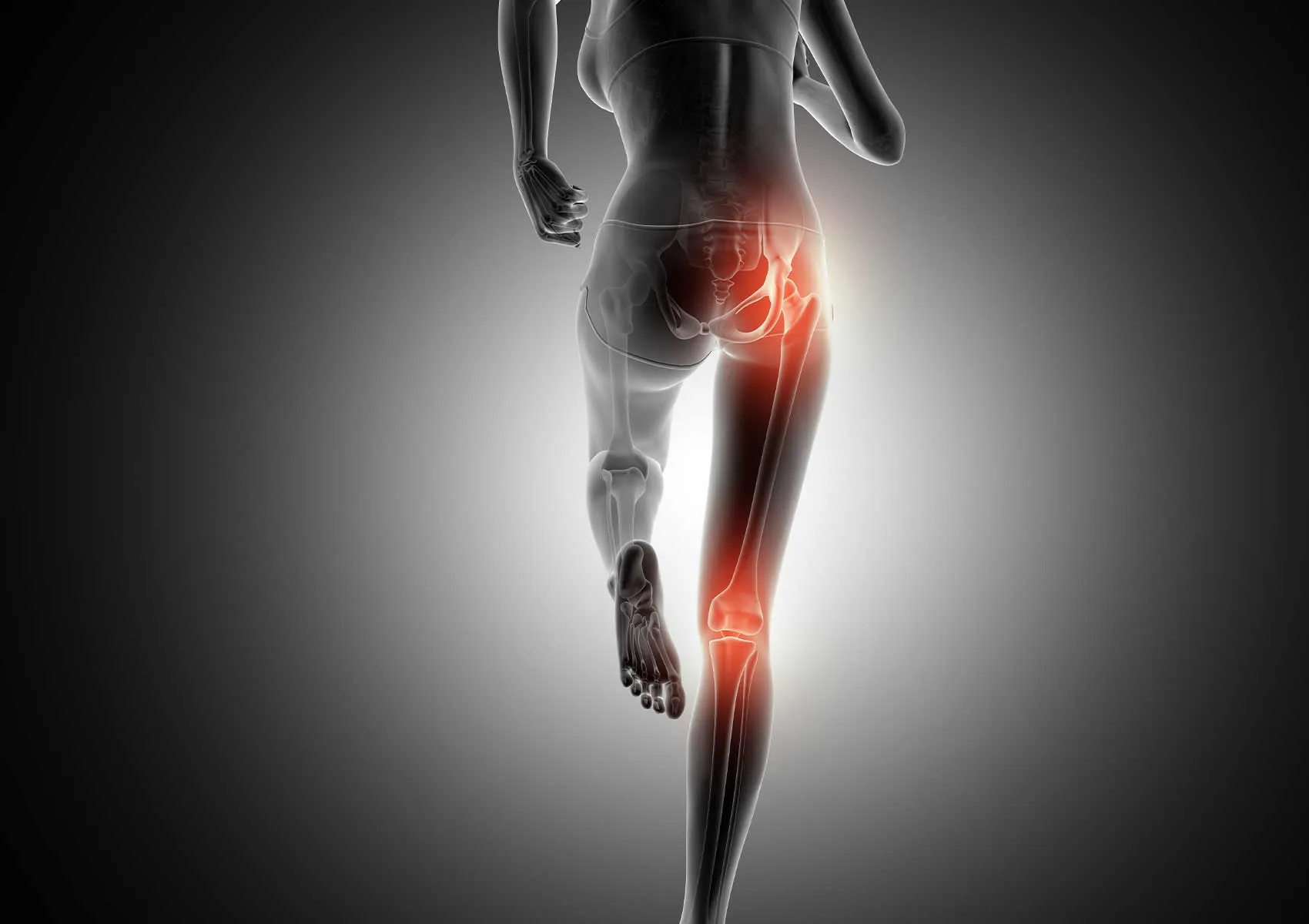Differences Between Hip and Knee Pain
Similar Symptoms, Different Origins
Hip and knee pain are two of the most common musculoskeletal complaints seen in both clinical practice and daily life. Since the hip and knee are anatomically close, pain from one joint can often radiate to the other, making it difficult to pinpoint the exact source. Patients may feel pain in the knee when the issue is actually in the hip—or vice versa—leading to misdiagnosis, inappropriate treatment, and delayed recovery.
Understanding the distinct characteristics of hip and knee pain is essential for accurate diagnosis and effective treatment. In this article, we explore the differences between these two types of pain, how they present, what conditions commonly cause them, and how to differentiate between them.
Basic Differences Between the Hip and Knee Joint
The hip joint is a deep-seated, ball-and-socket joint formed by the femoral head and the acetabulum. It supports body weight and allows for a wide range of motion.
The knee joint, in contrast, is more superficial and biomechanically complex. It functions like a hinge joint, with additional rotational capability, and relies heavily on ligaments, cartilage, and menisci for stability.
These anatomical differences play a key role in how pain is felt and referred.
Characteristics of Hip Pain
Hip-related pain is typically felt in the groin, front, or side of the hip. Sometimes, it can radiate down the thigh to the knee, making diagnosis challenging. Common features include:
- Pain that worsens with walking or climbing stairs
- Discomfort during hip flexion (e.g., sitting, getting up)
- Difficulty tying shoes or bending over
- Pain when lying on the affected side
- Morning stiffness in inflammatory conditions
Common causes of hip pain include femoroacetabular impingement (FAI), labral tears, hip osteoarthritis, and acetabular dysplasia.
Characteristics of Knee Pain
Knee pain is often more localized and easier to describe. Patients commonly report pain in specific areas such as the front, inner side, outer side, or back of the knee. Key features include:
- Pain when squatting, bending the knee, or using stairs
- Sensations of “locking” or “catching” during movement
- A feeling of instability or the knee giving way
- Worsening pain after prolonged standing or activity
- Associated swelling, popping, or joint effusion
Typical knee conditions include meniscus tears, ACL injuries, patellofemoral pain syndrome, knee osteoarthritis, and cartilage lesions.
Referred Pain and Common Misdiagnoses
Hip joint disorders often refer pain to the knee, especially the front or inner aspect. Many patients seek evaluation for knee pain, only to discover that the real issue lies in the hip.
Similarly, inner knee injuries, such as a medial meniscus tear or MCL strain, can produce pain that radiates up the thigh, sometimes mimicking hip pathology.
This is why any patient presenting with lower limb pain should undergo a comprehensive evaluation of the entire kinetic chain. It is also possible for patients to have co-existing issues in both the hip and knee.
Key Points for Differential Diagnosis
- Pain location and direction of radiation offer valuable clues
- Pain that increases with movement typically indicates joint-related issues
- Night pain is more common with hip arthritis
- Range of motion limitation is often more significant in hip disorders
- Mechanical symptoms (swelling, locking, popping) are more common with knee pathology
- Imaging studies such as X-rays and MRIs help confirm the diagnosis
Understanding these nuances allows clinicians to tailor treatment plans more precisely.
When Should You See a Doctor?
Seek medical evaluation if:
- Pain persists for more than a few weeks
- Daily activities like walking or climbing stairs become difficult
- Pain interferes with sleep or rest
- Your walking distance decreases significantly
- You experience swelling, warmth, or locking in the knee
A thorough assessment by an orthopedic specialist is the best way to identify the root cause and start appropriate treatment.
FAQ
-
Can hip pain radiate to the knee?
Yes. Hip joint issues, particularly arthritis or labral tears, often cause referred pain to the front or inner knee.
-
Can knee pain be mistaken for hip pain?
Yes. Knee problems can cause pain that travels upward toward the thigh or groin, leading to confusion with hip pain.
-
How is the true source of pain identified?
A detailed clinical history, physical exam, and imaging (X-ray, MRI) are usually required to determine the exact origin.
-
Can both joints have problems at the same time?
Yes. Especially in older adults, co-existing hip and knee osteoarthritis is common and must be addressed together.
-
What if the pain seems to shift between the hip and knee?
Shifting or radiating pain may indicate referred pain or multiple joint involvement, which requires comprehensive assessment.

